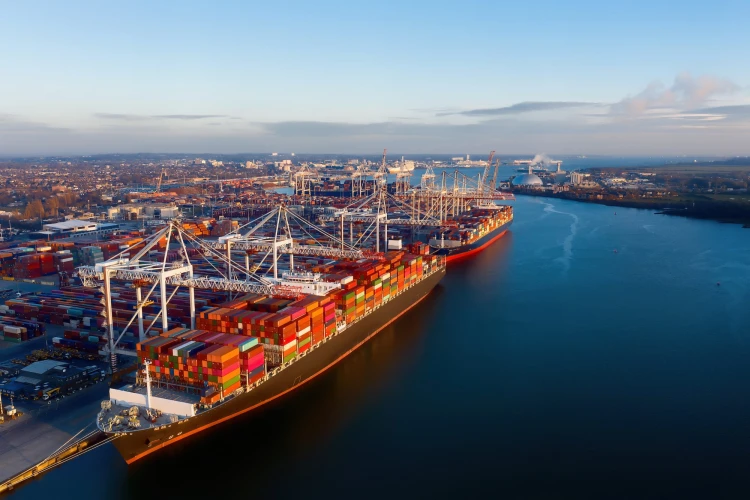Fleet-Heavy Ocean Carriers Also Stuck With too Many Containers
Sunday, 16 June 2024

Not only do ocean carriers have too many ships, they also have too many containers to fill vessels that are being deployed.
In its latest Container Equipment Forecaster report, Drewry says it expects the global pool of shipping containers to contract, both this year and next.
Some 55 million teu of equipment services the fully cellular global fleet of some 6,000 ships, a total capacity of 28m teu, but thousands of surplus boxes lie stacked in empty-container depots, incurring storage charges on top of a daily lease-hire rate.
Drewry forecasts the box pool will have declined by 2.6% this year, and expects another decrease in 2024.
“The last time the container pool posted a year-on-year decline was at the time of the global financial crisis between 2008 and 2009, when the total number of containers in service fell by 3.7%, to 26.9m teu,” said the consultant.
However, as with their chartered-in ships, carriers must honour the terms of equipment lease agreements, which are commonly between five and 13 years, with renewals often agreed at between one and eight years.
For example, the second-largest container lessor, Textainer, reported during an earnings call a remaining average tenure of “approximately six years” for its 4.3m teu fleet.
Indeed, the business plan of the lessors appears to be as watertight as the charter parties’ agreements for the expensive long-term hires of the ships which carriers negotiated at the height of the post-pandemic demand boom.
And Textainer was bullish during its Q3 results presentation this month. president and CEO Olivier Ghesquiere said: “Overall market conditions have remained unchanged from the last quarter, yet our contracted revenue and profitability continue to be supported by our long-term lease contracts and fixed-rate financing policy.”
Moreover, for the 50% of boxes that are carrier-owned, lines are struggling to offload ageing equipment into the saturated second-hand market.
According to container logistics platform Container xChange, the average resale price for a 40ft high-cube cargo-worthy container had fallen to just $1,005 in October, compared with a high of $4,132 in the same month of 2021.
The Loadstar was offered a “cargo-worthy” 20ft container in Felixstowe for £900 ($1,137).
Container xChange CEO Christian Roeloffs said: “We have a poisonous mix of a severely imbalanced container trade with a high level of excess inventory in Europe and, at the same time, unreliable shipping services suddenly lacking the vessel capacity to reposition empties, which in turn makes the situation even more difficult.”
Meanwhile, according to Drewry’s senior analyst for container equipment research, John Fossey, 40ft high-cube containers are suffering the most acute excess.
He explained that these had been the most-needed type of box during the high-demand years of late 2020 and through 2021, when a significant percentage of equipment was stranded on ships outside congested ports, or on equally congested land-side areas.
“In 2021, this size of container accounted for over 85% of all dry freight containers produced, and this was in a year of record production when in excess of 6.6m teu were produced,” added Mr Fossey.

06 January 2025
Hurricane Beryl trims cargo volumes in Houston and New Orleans

25 January 2025
Container freight rates tumble

08 February 2025

